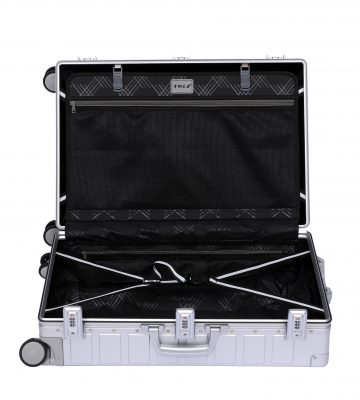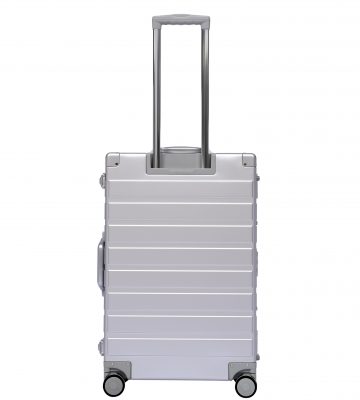Navigating airport luggage services efficiently can greatly enhance your travel experience. Here’s a step-by-step guide to help you understand and utilize airport luggage services effectively:
- Check Airline Policies: Before you pack, review the baggage policies of your airline. Understand the allowed dimensions, weight limits, and fees for checked and carry-on baggage. This information will help you pack appropriately and avoid extra charges.
- Packing Considerations: Pack your belongings in a way that minimizes the risk of damage. Use protective covers or bags for fragile items. Keep important documents, electronics, and medications in your carry-on bag.
- Pre-Trip Preparation:
- Luggage Identification: Attach a luggage tag with your contact details to each piece of luggage. Consider using both an external tag and an internal identification card.
- Luggage Locks: If you’re checking bags, use TSA-approved locks. These allow security personnel to open your bags if necessary without damaging the lock.
- Travel Insurance: Consider purchasing travel insurance that covers lost or delayed baggage. This can provide compensation in case your luggage is misplaced.
- Checking In:
- Early Check-In: Arrive at the airport early to allow sufficient time for check-in and security procedures. Check-in options often include online check-in, kiosks, or counter check-in.
- Baggage Drop: If you have checked baggage, proceed to the baggage drop area after checking in. Ensure that your luggage is properly tagged with destination details.
- Claim Check: You’ll receive a claim check for each piece of checked luggage. Keep these safe, as they are essential for baggage retrieval.
- Carry-On Luggage:
- Security Screening: Place liquids, gels, and laptops in separate bins during security screening. Be prepared to remove your shoes, belt, and jacket as well.
- Size and Weight: Ensure your carry-on bag adheres to the airline’s size and weight limits. Overhead bins may fill up quickly, so consider boarding early if possible.
- Delayed or Lost Luggage:
- Report Immediately: If your luggage is delayed or doesn’t arrive at your destination, report it to the airline’s baggage services office before leaving the airport. Provide your contact details and the address where you’ll be staying.
- File a Claim: If your luggage remains lost after a certain period (typically 24-48 hours), file a lost luggage claim with the airline. They will provide instructions on the process.
- Compensation: Airlines often provide compensation for essential items you need while your luggage is missing. Keep receipts for purchases you make.
- Baggage Claim:
- Retrieve Luggage: At your destination, proceed to the baggage claim area. Look for electronic displays or monitors to find your flight’s designated carousel.
- Claim Check: Present your claim check to retrieve your checked luggage. Verify that the luggage belongs to you before leaving the area.
- Customs and Security:
- Customs Declaration: If you’re traveling internationally, complete any necessary customs declaration forms and declare any items as required.
- Security Recheck: If you have a connecting flight, you might need to pass through security again. Be aware of the rules regarding liquids and other items.
- Departure:
- Early Arrival: Arrive at the airport with ample time before your departure. Check the airline’s recommended time for check-in and security procedures.
- Baggage Drop: If you’re checking bags, follow the airline’s guidelines for baggage drop-off.
- Baggage Services Helpdesk:
- Information: If you encounter issues with your baggage, visit the airline’s baggage services helpdesk at the airport. They can provide assistance and updates on lost or delayed luggage.
Remember that each airport and airline may have specific procedures and layouts. Pay attention to announcements and signs to ensure you’re following the correct steps. Being well-prepared and informed will make your airport experience smoother and less stressful.






